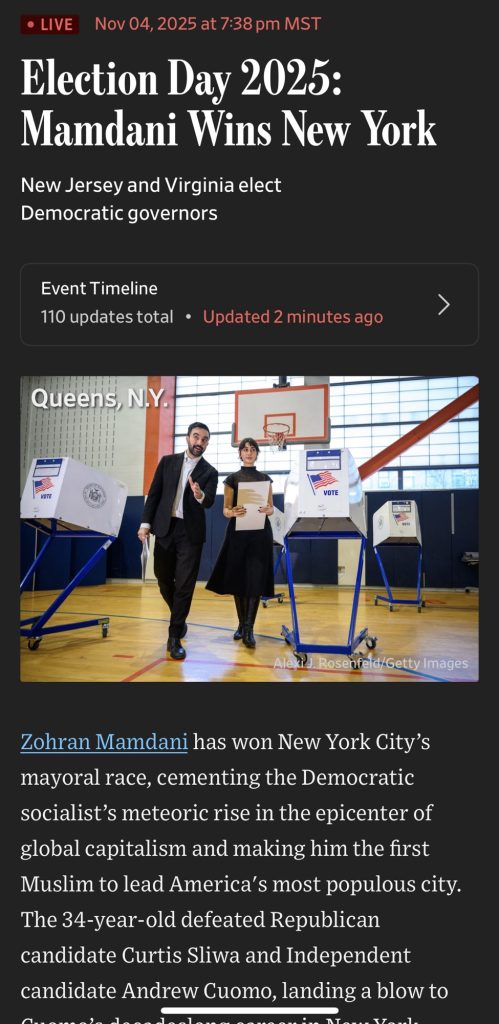I don’t quite know what it is about San Francisco but it’s just not my town. I love so much about it San Francisco. And it has much to love. But I’ll never love it the way it deserves.
I love what once represented in culture, technology and history, I love its portrayal as the epicenter of a certain kind of future. Whatever universe got us to Star Fleet Academy seems even if 2025 was pretty bleak for them too. Most importantly I love my friends San Francisco. It’s impossible to base a career on startups without spending some amount of time here.
But I just do not love being here for any amount of extended time. I find myself in an absolute misery adjusting to it every time.
Even when I lived and worked in neighborhoods with microclimates more suited to my preferences, I struggled. Dry, sunny and friendly is surrounded by gray, damp and miserable. And you can’t easily get out of where you live. Everything is 30 minutes away by car and the only way around that is biking.
The rolling hills in the 7×7 block that make up the core metropolitan area are a fair representation of my moods and the city’s fate. You can enjoy spectacular highs but you see the lows spread outward before you and it makes you question why you should have this unfair vantage point. Right up until you are trapped by the mountains at the horizon. San Francisco makes it easy to forget the rest of the world.
Some people manage to find an entire world here. I envy that. All I ever feel is hemmed in. It deepens whatever mood I am in, and heaven forbid I experience a depressive fit as you can roll very dark and deep here.
The expense, the hassle, the status games, and somehow (still!) the lack of women are all points in its disfavor. You can tell it’s a boom town because it’s where men seek their fortune and women don’t seek the men with fortunes. San Francisco is probably the best advertising for women seeking men beyond their utility. And they have tried importing the art hoes it just work. I promise it’s been tried.




